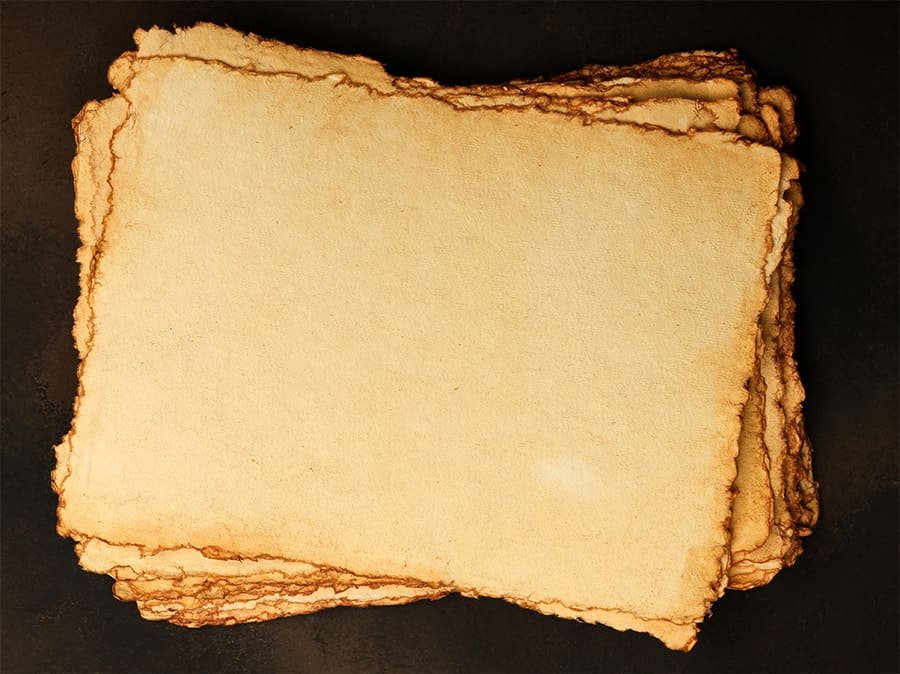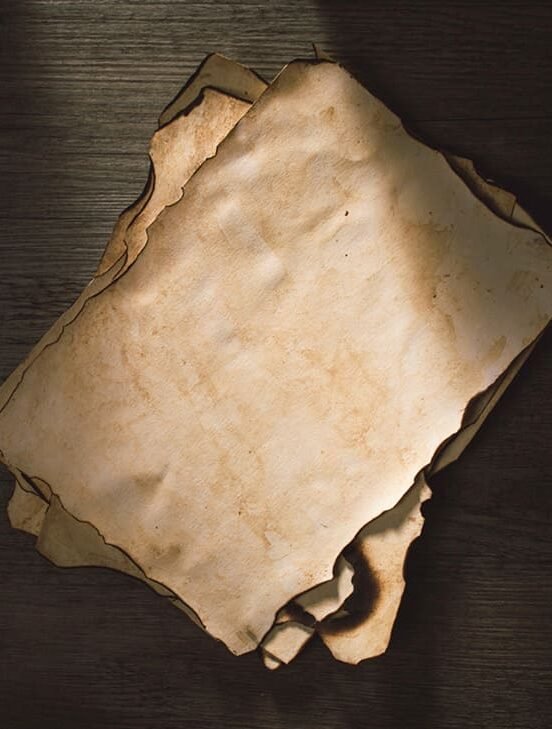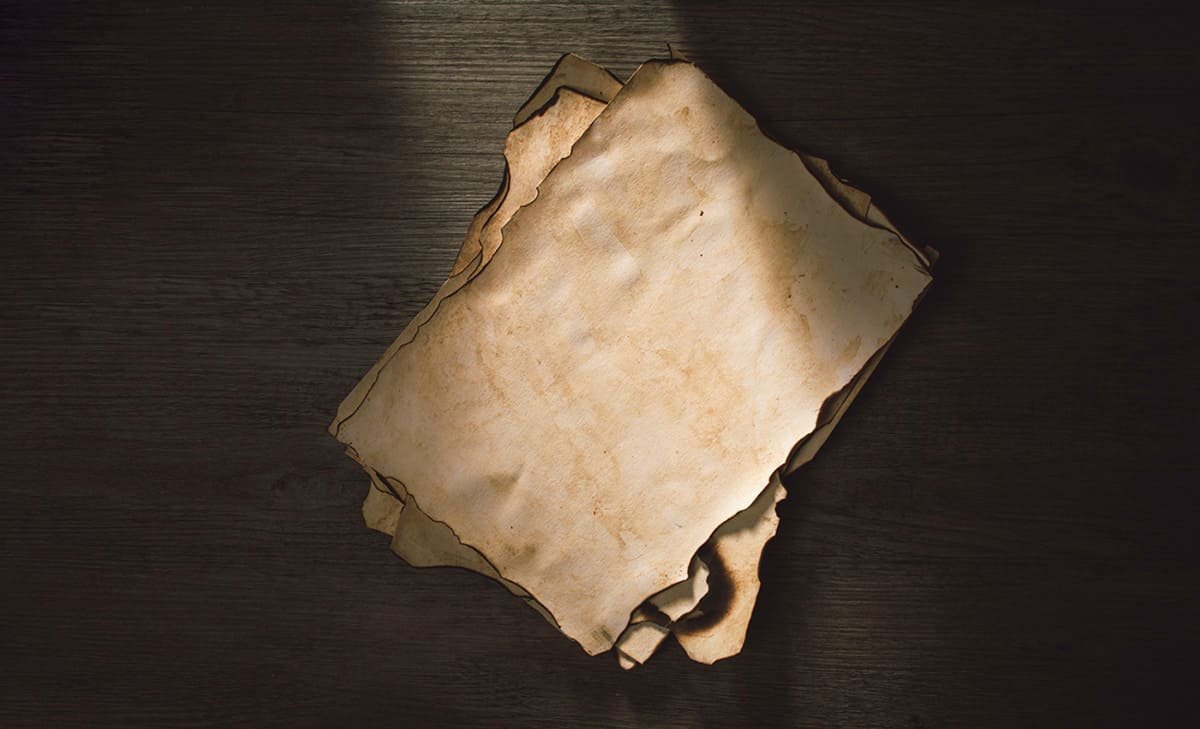Papyrus Sheets History
The Origins of Papyrus Sheets
The history of papyrus sheets is as rich and textured as the paper itself. Rooted in the ancient Egyptian civilization, the word 'papyrus' comes from the Egyptian word 'papuro,' which means 'that which belongs to the house.' Papyrus, a marsh plant found along the Nile River, was initially used for various purposes such as making baskets, sandals, and boats. However, the most notable use was the creation of papyrus paper, a canvas for writing, which marked a significant step in the evolution of human communication.
First Users and Spread of Papyrus
Ancient Egyptians were the first to harness the potential of papyrus plants for creating paper. The lightweight yet durable quality of papyrus sheets made them an ideal medium for record-keeping and literary work. As the Egyptians started to trade with other civilizations, the use of papyrus sheets spread far and wide. The Greeks and Romans adopted this medium, which soon became a staple in record-keeping, literature, and art across these great civilizations.
The Backbone of Administration and Literature
Papyrus sheets played a pivotal role in the politics, literature, and scientific research of the time. In politics, they served as a medium for official documentation and correspondence, enabling effective administration. Papyrus also became a mainstream canvas for writers and scholars. Literary works, religious texts, and scientific treatises were inscribed on these sheets, contributing to the vast knowledge repositories of these civilizations.

The Universal Medium for Writing
The use of papyrus was not confined to the upper echelons of society. It was the primary writing material for everyone, from scribes and scholars to merchants and artisans. The accessibility and durability of papyrus sheets contributed to their widespread use. Papyrus was instrumental in the democratization of knowledge, allowing a broader section of society to record and share information.
The Golden Age of Papyrus
The popularity of papyrus sheets peaked during the Hellenistic-Roman period. Libraries filled with thousands of papyrus scrolls became the hubs of knowledge and culture. The Library of Alexandria, the most famous library of the ancient world, was reputed to have stored hundreds of thousands of scrolls, symbolizing the significance of papyrus in the intellectual life of the time.
The Decline of Papyrus
Despite its prevalence and importance, the use of papyrus sheets began to decline around the 8th century AD. The emergence of parchment and paper from China, which were easier to produce and more suited to a broader range of climates, contributed to the gradual displacement of papyrus. However, in some parts of Egypt, the tradition of making papyrus paper continued until as late as the 11th century.
Papyrus Beyond Egypt: Influence on Other Civilizations
The use of papyrus sheets wasn't confined to the borders of Egypt. As the Phoenicians traded Egyptian goods around the Mediterranean, papyrus became a prized commodity, especially within the Greek and Roman civilizations. They embraced this new form of record-keeping and expression, which was more portable and durable than the clay tablets or animal skins previously used.
Papyrus in the Greek and Roman Empires
In the Greek realm, papyrus was extensively used, serving as the canvas for renowned epic poetry, philosophical discourses, and historical accounts. With the rise of the Roman Empire, papyrus usage became even more widespread. Romans imported vast quantities of papyrus, mainly for administrative purposes, but also for recording legal proceedings, crafting personal letters, and preserving literary works. As the Empire expanded, so did the use of papyrus, touching every corner of the Roman world.
Religious Significance of Papyrus Sheets
Religious texts of the time, including early Christian and Jewish scriptures, were also recorded on papyrus. The Dead Sea Scrolls, one of the most significant archaeological finds of the 20th century, consist partly of papyrus documents. These invaluable texts offer unique insights into early religious thought and practice.
Papyrus Sheets: The Birth of the Book
The advent of the 'codex' or book form, which replaced the traditional scroll, marked another significant chapter in the history of papyrus sheets. Early Christian communities were among the first to adopt this new form, valuing the codex for its ease of reference and greater capacity. This transition to the book structure, which we are familiar with today, further underscores the influence of papyrus in the evolution of written communication.
The Resurgence of Papyrus
While the use of papyrus faded away with the advent of parchment and paper, there has been a resurgence in recent times. Today, papyrus is appreciated for its historical significance and aesthetic appeal. Artists, calligraphers, and historians around the world value it as a unique medium, a tangible connection to the ancient world.
The Eternal Imprint of Papyrus Sheets
In conclusion, the history of papyrus sheets is a captivating tale of human advancement and cultural exchange. From its origin in the marshy banks of the Nile to its spread across powerful empires, papyrus played a pivotal role in shaping the course of history. Its influence on politics, religion, literature, and the spread of knowledge is a testament to the endurance and adaptability of this humble marsh plant. Today, as we hold a sheet of papyrus, we connect with a past that continues to shape our present, reminding us of the enduring power of written communication.
Papyrus: A Symbol of Resilience and Heritage
Even in modern times, papyrus holds a unique charm that transcends its utilitarian roots. It stands as a symbol of resilience and an enduring testament to human ingenuity. Museums and historical collections across the globe treasure papyrus artifacts, not just for their antiquity, but also for the stories they tell of our shared human past. From passionate historians to curious tourists, the allure of papyrus continues to captivate. This enduring fascination reminds us of our innate desire to create, to communicate, and to connect with our roots. Papyrus, with its rich, multifaceted history, invites us all to explore and appreciate the remarkable journey of human civilization.
A Lasting Legacy
The history of papyrus sheets is a compelling narrative that intertwines with the story of human civilization. While papyrus may no longer be the primary medium for written communication, its impact remains undeniable. It fostered literacy, facilitated administration, and allowed for the preservation and dissemination of knowledge across generations. The legacy of papyrus sheets endures in the ancient texts and artifacts that continue to inform and inspire us today.

Related Articles

Papyrus Egyptian Paper Secrets

Making Papyrus Paper
Papyrus Paper Store offers premium, authentic Egyptian Papyrus paper at competitive prices. Immerse yourself in history and tradition through our meticulously handcrafted sheets, perfect for artists, students, and history enthusiasts alike.
© 2025 Papyrus Paper Store. All Rights Reserved.
